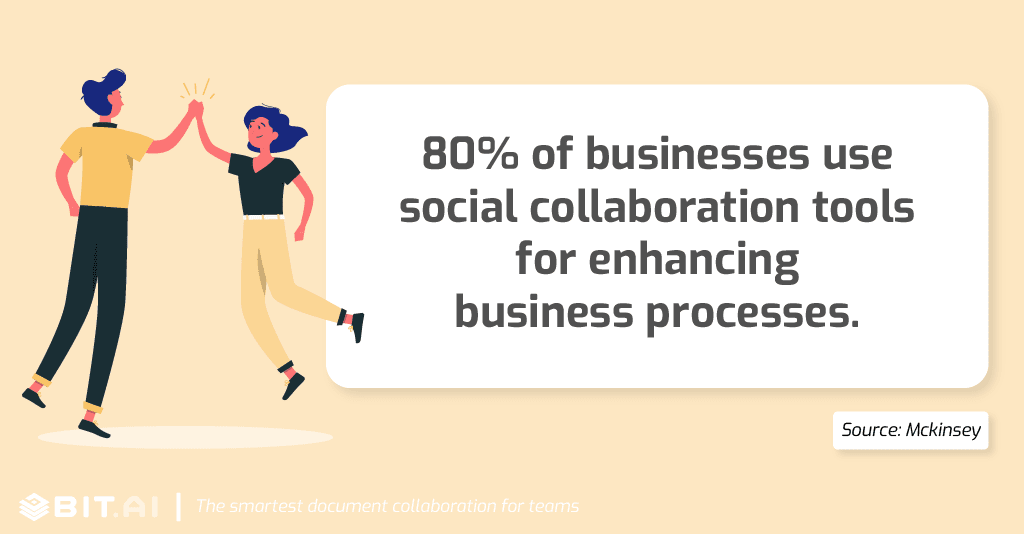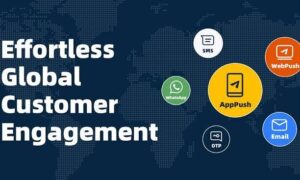In this day and age, every business needs to be customer-centric in order to survive, let alone succeed. Brands focus on what customers like, what they prefer in terms of their experience, and how they can improve and deliver more personalized and tailor-made solutions in order to ensure their loyalty. Naturally, customer experience is what drives business success, so companies do need to take their efforts to a whole new level in order to meet those growing and ever-changing expectations. However, employees represent one very important piece of this puzzle that can make or break your endeavor to please your customers.
With employees who are overworked, understaffed, and with poor resources, you can hardly expect to maintain any standard of service excellence. First and foremost, your employees need to be engaged, satisfied, and well-organized for your brand reputation to live on. Why? Because your employees are your most essential brand ambassadors, and they are the voice of your business. They are the ones communicating your core messages to your target audience through social media posts, marketing campaigns, and newsletters.
To enhance employee engagement means to boost customer experience. Here’s how you can achieve both with the right software implementation, process optimization, and overall business organization.
Personalized training opportunities
On one hand, research has shown that 85% of employees aren’t engaged with their work, while on the other, over 70% of executives consider engagement crucial for their company’s success. This discrepancy tells so much about the current state of employee satisfaction, and yet, few leaders know how to leverage existing tools and processes to boost engagement to their own advantage.

Companies need to get their employees excited about the work they do, they need to leverage their knowledge and expertise and not let their skills sit unused, and they need to make sure there’s always room for growth. Most modern-day employees don’t work with a company purely for the sake of income – they do so in order to fulfill a purpose, reach their own personal and professional goals, and should they fail to do so, they will feel unhappy and disengaged.
One great way to help with this is by introducing personalized training modules for your employees. With the help of AI-based solutions, you can recognize knowledge gaps, pinpoint learning opportunities, and create tailor-made training and learning programs for each of your employees. They’ll be able to work on specific skills, upgrade existing ones, and enrich their own resumes in the process. Employees with honed skills and continuously improving abilities are far better customer service representatives, and they ensure an increasingly brilliant experience to each customer through their improving work.
Ensuring business transparency
According to yet another invaluable poll, trust in management and leadership is one of the most important factors in defining employee engagement. People want to understand a company’s set of goals, the brand’s purpose, and how the management intends to achieve all of those. To achieve that kind of business-wide trust, companies need to foster transparency in order to ensure engagement. For starters, you can inspect and refine your workload distribution and overall communication methods.
Implementing specific communication tools will also mean investing in employee engagement, as you’ll empower teams to share information, work schedules, resource needs, and the like. The same communication tools of your choice will become a source of abundant information on engagement levels: you’ll learn which channels your employees prefer, how quickly they respond to emerging issues, and how they collaborate across different teams.
Another great way to ensure business transparency is to upgrade your compensation management software. By doing this, you ensure that your employees are fully aware of how they’re being compensated and the plans they have available. Learn more about upgrading here.
Leveraging CRM for cross-collaboration
On that very important note, cross-collaboration among different departments isn’t possible merely with a culture that builds transparency and uses various communication software tools. You also need comprehensive CRM software, which has become as employee-centric as it is customer-centric. While the abbreviation might stand for customer relationship management, top CRM software should also help organize your employee relationships.
By granting access to different teams (such as your marketing, sales, and support teams), you will enable them to interact more easily, engage, learn from each other, and share experience and advice on relevant matters. When the interaction is simplified and streamlined with the help of CRM tools, your employees are bound to be more engaged as well as more productive.

Goal and vision alignment
Employees that don’t understand your core values and purpose will fail to communicate those same messages to your target demographic, be it through their sales pitch, their ad campaigns, or their support interactions.
To a great extent, customer experience depends on how well your employees communicate your core vision, and how they align that vision with your customers’ needs, as well as their own. To begin with, modern employees will only be engaged when they share values with the organization they work for. Only then can you expect them to invest their finest effort into sharing that enthusiasm and that purpose with the customer.
There is no room for skipping steps in this process. You cannot ensure a great customer experience without first making sure that the employees who are building that experience are aligned with your goals and vision.
Workflow management and employee relationships
Do your managers and leaders acknowledge the contribution of your employees? Do you take the time to make your employees’ jobs more efficient and automate low-value tasks that only waste their time and expertise?
If your teams are stuck on filling out endless Excel sheets or collecting bounds of data from various digital outlets, they are likely wasting their energy and their knowledge on tasks that can be automated. Instead, they could be devoting their time and help to your customers, and they could improve the overall brand experience.
It’s up to you to utilize both your CRM and all of your communication tools to automate tasks, reduce your employees’ workload, and make them feel valued for all of their hard work. Then you will notice a change in their engagement as well as their ability to provide a great customer experience at every turn.
While customers are still at the core of your business purpose, you also need to be equally mindful of your employees. By investing in the right employee-facing solutions, communications tools, and CRM, you can elevate the kind of service you provide to your customers. Ultimately, by looking inward, you’ll be able to rethink and refine your outward messages and brand communication, so as to ensure a stellar service and unparalleled customer experience that will inspire loyalty.



































